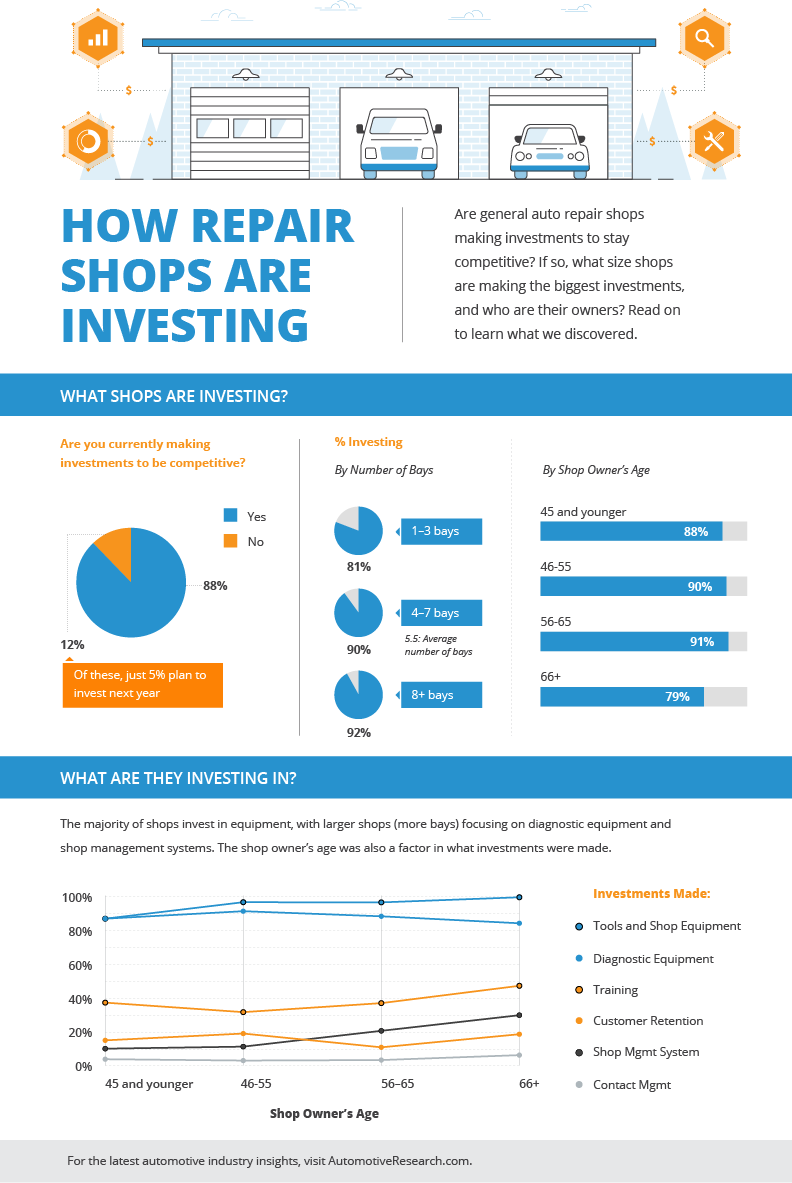Comprehending Your Cars And Truck'S Caution Lighting: What Do They Truly Mean?
Comprehending Your Cars And Truck'S Caution Lighting: What Do They Truly Mean?
Blog Article
Material Author-Lauritsen Shepherd
When you're behind the wheel, those glowing warning lights on your dashboard can be a little bit puzzling. Do you understand what they're attempting to inform you about your cars and truck's health and wellness? Understanding the relevance of these lights is essential for your safety and security and the long life of your lorry. So, the following time among those lights appears, would not you intend to understand its message accurately and take the required actions to resolve it?
Common Warning Lights and Interpretations
Recognize usual caution lights in your cars and truck and recognize their significances to make certain risk-free driving.
The most common caution lights include the check engine light, which signifies issues with the engine or emissions system. If this light comes on, it's crucial to have your automobile inspected immediately.
The oil pressure advising light shows reduced oil pressure, requiring instant interest to stop engine damages.
A flashing battery light could suggest a damaged charging system, possibly leaving you stranded if not addressed.
The tire stress tracking system (TPMS) light signals you to low tire stress, affecting car stability and fuel performance. Disregarding this might result in unsafe driving problems.
The abdominal light suggests a problem with the anti-lock braking system, compromising your capability to quit swiftly in emergency situations.
Finally, the coolant temperature level warning light warns of engine getting too hot, which can lead to extreme damages otherwise settled quickly.
Understanding marine cleaners will aid you attend to issues immediately and preserve risk-free driving problems.
Value of Prompt Focus
Comprehending the typical caution lights in your automobile is only the initial step; the value of quickly resolving these cautions can't be stressed sufficient to ensure your safety and security when driving.
When a caution light brightens on your dashboard, it's your auto's way of interacting a possible concern that needs interest. Disregarding these cautions can bring about more serious troubles down the road, compromising your safety and potentially costing you extra in repairs.
Trigger interest to advising lights can prevent breakdowns and mishaps. For example, a flashing check engine light might suggest a misfire that, if left neglected, might create damage to the catalytic converter. Addressing this quickly can conserve you from an expensive repair service.
In a similar way, a brake system warning light may signify low brake liquid or used brake pads, crucial parts for your safety when driving.
DIY Troubleshooting Tips
If you observe a caution light on your control panel, there are a couple of DIY troubleshooting pointers you can attempt prior to looking for expert help.
The very first step is to consult your vehicle's manual to understand what the specific caution light shows. Sometimes the problem can be as easy as a loose gas cap triggering the check engine light. Tightening up the gas cap may fix the issue.
Another usual concern is a low battery, which can set off various cautioning lights. Examining https://car-oil-change73840.blog-gold.com/40103434/how-mobile-cars-and-truck-outlining-services-can-save-you-money-and-time for corrosion and guaranteeing they're protected may repair the trouble.
If a warning light lingers, you can try resetting it by disconnecting the vehicle's battery for a few minutes and afterwards reconnecting it. In addition, examining your vehicle's fluid levels, such as oil, coolant, and brake liquid, can aid repair warning lights connected to these systems.
Verdict
In conclusion, recognizing your cars and truck's warning lights is vital for keeping your automobile running efficiently and securely. By promptly dealing with these informs and knowing what they indicate, you can prevent costly repair work and potential malfunctions.
Bear in mind to consult your auto's handbook for specific details on each alerting light and act accordingly to guarantee a trouble-free driving experience.
Stay informed, remain risk-free on the road!
